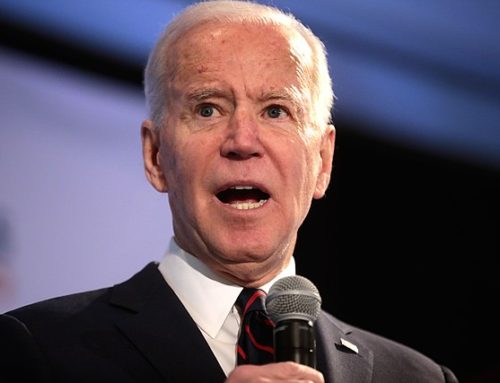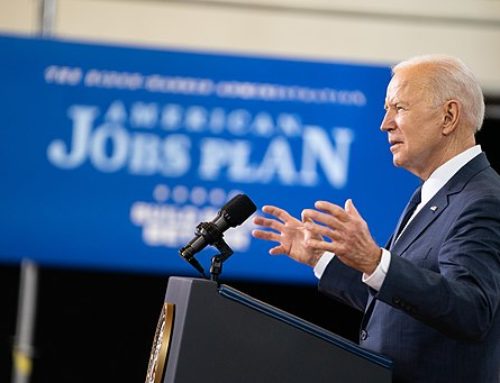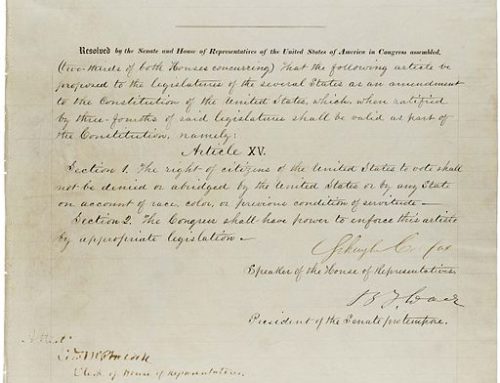“The U.S. seriously lags behind the rest of the world in addressing its infrastructure issues and lacks any type of comprehensive national policy or political will to develop a long-term approach.”
– Howard Roth, Ernst and Young global real estate leader
America must update its aging network of public infrastructure to maintain its global economic competitiveness. First-rate transportation, telecommunications and energy systems — the connective fabric of the nation — are critical to moving goods, ideas and workers.
Unfortunately, reduced federal spending will decrease America’s infrastructure investments. According to the Congressional Budget Office, America needs to spend $2 trillion to repair and rebuild our deteriorating roads, bridges and sewage-treatment plants. CBO noted that public spending on transportation and water infrastructure as a share of the U.S. gross domestic product peaked at 3.1 percent in 1963. It had declined to 2.4 percent in 2007, the latest year for which data has been compiled.
Our politically fractured government further hampers efforts to overhaul our deteriorating infrastructure. Illustrative of the problem was the furloughing of 4,000 Federal Aviation Administration employees on July 22. Unable to agree on new long-term funding legislation for the agency since 2007, Congress has kept the FAA operating through a series of 20 short-term extension bills. The extensions had been routine until now, when three issues became stumbling blocks: federal subsidies for flights to 13 rural airports, the number of flights allowed at Washington’s Reagan National Airport and anti-union restrictions in a House-passed bill.
The furlough jeopardizes $2.5 billion in construction projects. The government will lose millions in revenue because Congress failed to ensure the continued collection of 7.5 percent airline-related taxes during the deadlock.
A report entitled “Infrastructure 2011: A Strategic Priority” issued May 16 by the Urban Land Institute, a non-profit research and education organization, and by Ernest & Young highlighted America’s problems. The study compared America’s lack of commitment to that of other countries throughout the globe that have committed to spend $50 trillion over the next 25 years. Half of the 30 most expensive projects globally are in China, Brazil the Middle East and other parts of the developing world, according to a list compiled by The Associated Press.
The following countries have made infrastructure expenditures a top priority:
The United Kingdom has committed $326 billion over the next five years for projects related to rail, energy production and broadband access.
China is funding a high-speed rail network, new airports and sea ports.
Brazil is implementing substantive road, transit and water projects.
The report highlighted two trends that are hurting states’ and local governments’ public expenditures: decreased tax revenues and declines in federal funding. (The federal government’s share of total public expenditures for transportation and infrastructure is about 30 percent.)
The report also provided a snapshot of the infrastructure challenges faced by 20 major U.S. metropolitan regions. While all are experiencing fiscal constraints, Denver, Seattle and Salt Lake City moved projects forward because their local governments pooled resources and gained consensus on planning and spending strategies.
The report recommended that the U.S.:
Develop a national infrastructure strategy that supports its overall economic priorities.
Phase in user fees to help fund infrastructure initiatives.
Institute federal and state infrastructure banks to support project financing.
“America’s unwillingness to confront its infrastructure challenges is undermining our ability to compete globally, the Infrastructure 2011 report said. “If we persist with short-sighted decisions, we will lose talented workers and companies to foreign nations that are committed to infrastructure as a vital component of economic viability.”
Stated positively, a comprehensive national policy that enhances investment in infrastructure will enhance our economic growth.
Originally published in the Sarasota Herald-Tribune



